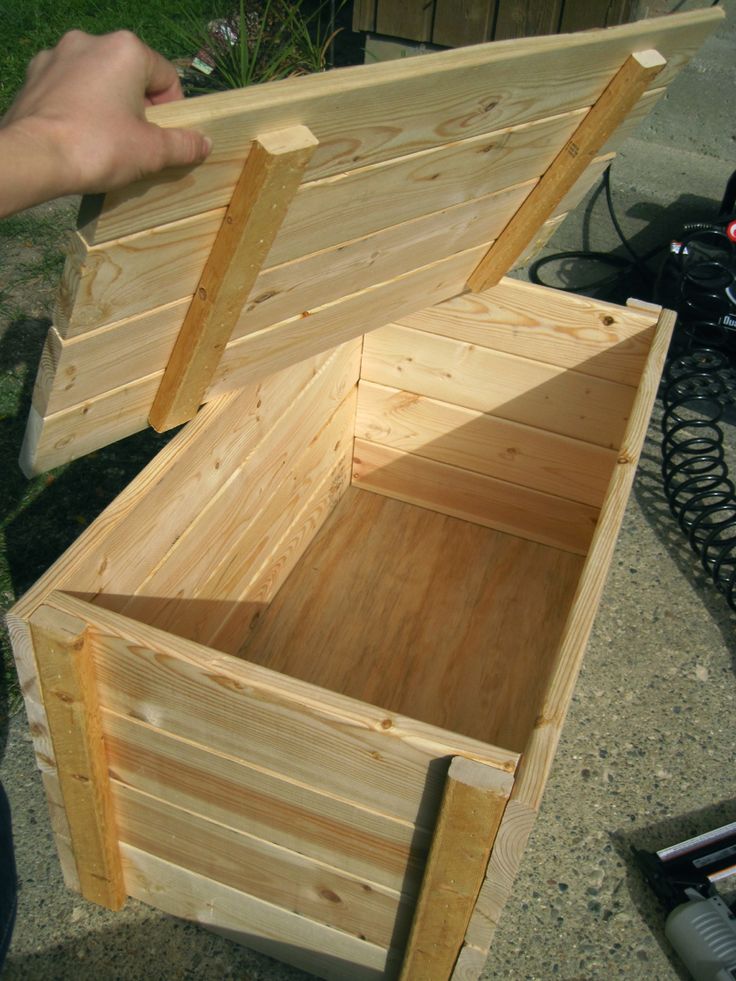alicemaryflorence
Member
Hi, I'm completely new to woodworking but would like to build some boxes for storage in my baby's bedroom. I have in mind the type of box and will try and attach a picture before posting. Basically, it's an open top box with either holes or little doorknobs on the end for storage. They will sit on a set of very deep and very narrow shelves to act almost like drawers.
My question is, what would be the best approach/design? Online tutorial references would be ideal. Importantly, I'm looking to learn on this, my first, project so would prefer to avoid any hacky approaches. I want to learn good techniques as well as building something which will be (hopefully!) functional and useful.
Thanks in advance,
Alice
My question is, what would be the best approach/design? Online tutorial references would be ideal. Importantly, I'm looking to learn on this, my first, project so would prefer to avoid any hacky approaches. I want to learn good techniques as well as building something which will be (hopefully!) functional and useful.
Thanks in advance,
Alice





































